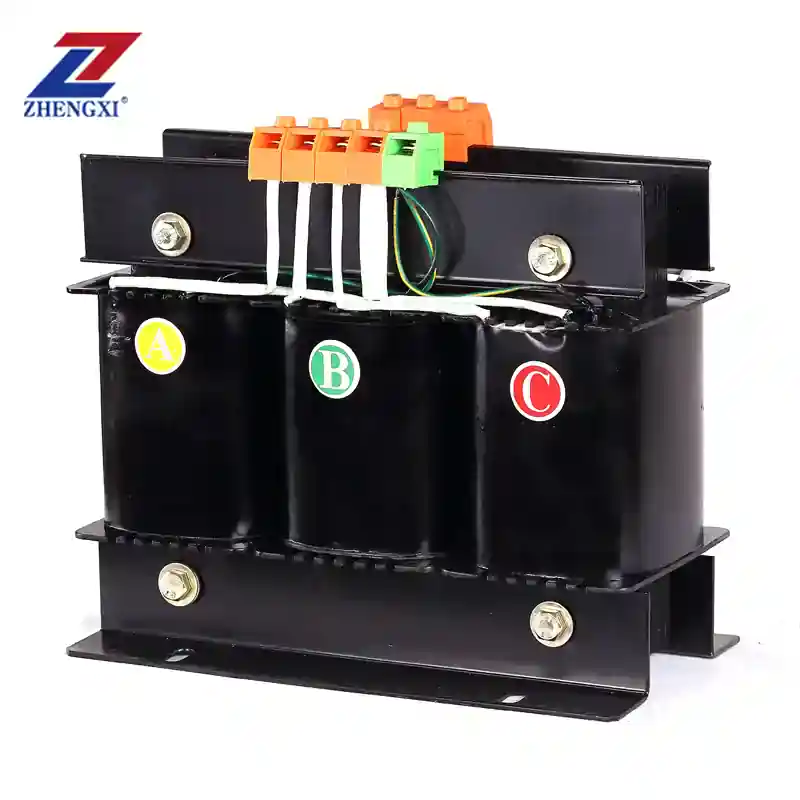Calculating the kilovolt-ampere (kVA) rating for a three-phase transformer is essential for ensuring optimal performance and safety in electrical systems. This article provides a comprehensive guide on understanding and computing the kVA for three-phase transformers, adhering to Google SEO best practices and enhancing EEAT (Expertise, Authoritativeness, and Trustworthiness).

Understanding kVA in Three-Phase Transformers
In electrical engineering, kVA (kilovolt-ampere) represents the apparent power in an electrical circuit, combining both real power (kW) and reactive power (kVAR). For three-phase transformers, calculating the correct kVA rating is crucial to accommodate the load without overloading the system.
Applications of Three-Phase Transformers
Three-phase transformers are widely used in various sectors:
- المنشآت الصناعية: Powering heavy machinery and equipment.
- Commercial Buildings: Supplying electricity to large office complexes and shopping centers.
- Power Distribution: Transmitting electricity over long distances in power grids.
- Renewable Energy Systems: Integrating wind and solar power into the grid.
Market Trends and Developments
The demand for energy-efficient and high-capacity transformers is on the rise, driven by the expansion of renewable energy and the modernization of electrical grids. According to the International Energy Agency (IEA), global electricity demand is expected to grow by 4% annually, necessitating advanced transformer solutions.
Technical Parameters and Calculation
Formula for Calculating kVA
The standard formula for calculating the kVA of a three-phase transformer is:
kVA = (√3 × Voltage × Current) / 1000
Where:
- Voltage is the line-to-line voltage in volts (V).
- Current is the line current in amperes (A).
- √3 (approximately 1.732) accounts for the three-phase power factor.
Example Calculation
Suppose a transformer needs to supply a load with a line voltage of 400V and a current of 100A:
kVA = (1.732 × 400 × 100) / 1000 = 69.28 kVA
It’s advisable to select a transformer with a slightly higher kVA rating to ensure reliability and accommodate potential load increases.
Differentiating Three-Phase Transformers
Compared to single-phase transformers, three-phase transformers offer:
- Higher Efficiency: Reduced energy losses during transmission.
- Compact Design: Smaller size for the same power rating.
- Balanced Load Distribution: Even power distribution across phases.
These advantages make three-phase transformers ideal for industrial and large-scale commercial applications.
Purchasing and Selection Guidelines
When selecting a three-phase transformer:
- Assess Load Requirements: Determine the total power demand in kVA.
- Consider Future Expansion: Choose a transformer with additional capacity for potential load growth.
- Evaluate Efficiency Ratings: Opt for transformers with high energy efficiency to reduce operational costs.
- Check Compliance Standards: Ensure the transformer meets relevant industry standards and certifications.
Consulting with manufacturers like ABB, شنايدر إلكتريكأو سيمنز can provide further guidance.
الأسئلة الشائعة
A: The √3 factor accounts for the phase difference in a three-phase system, ensuring accurate calculation of apparent power.
A: Yes, using a transformer with a higher kVA rating provides a safety margin and accommodates future load increases.
A: A lower power factor indicates more reactive power, requiring a transformer with a higher kVA rating to handle the same real power load.